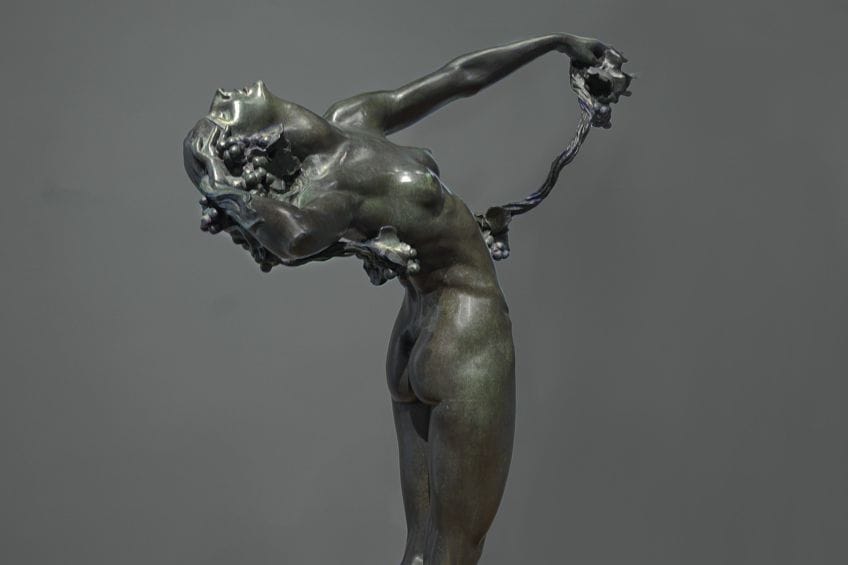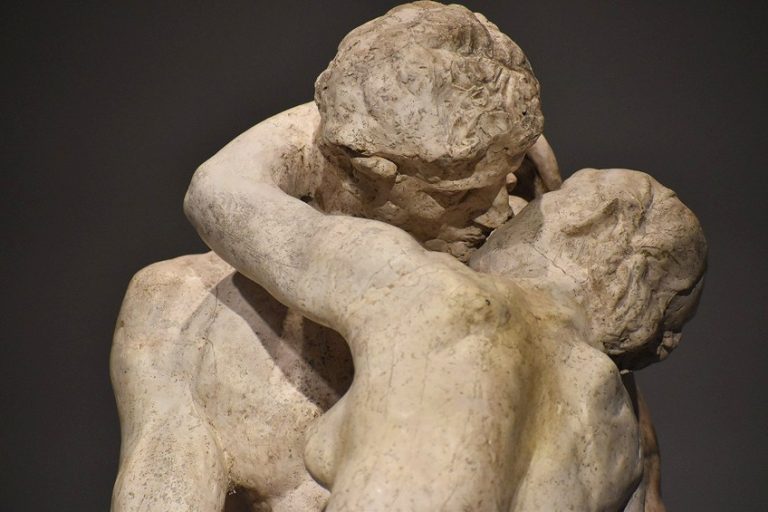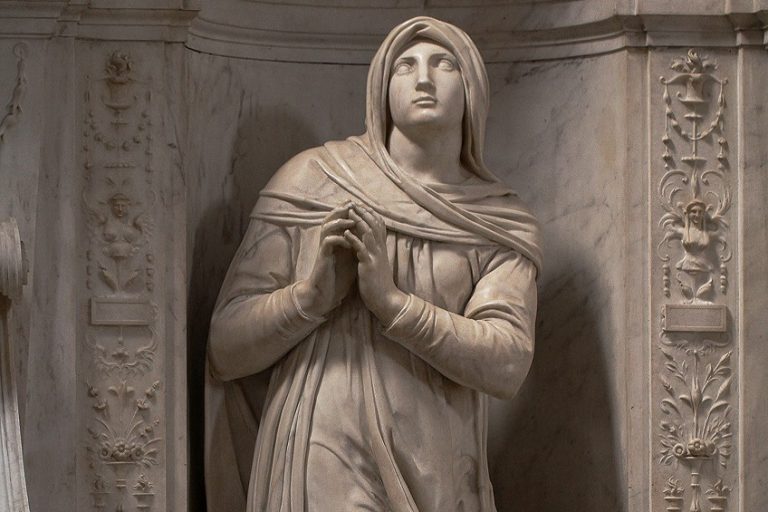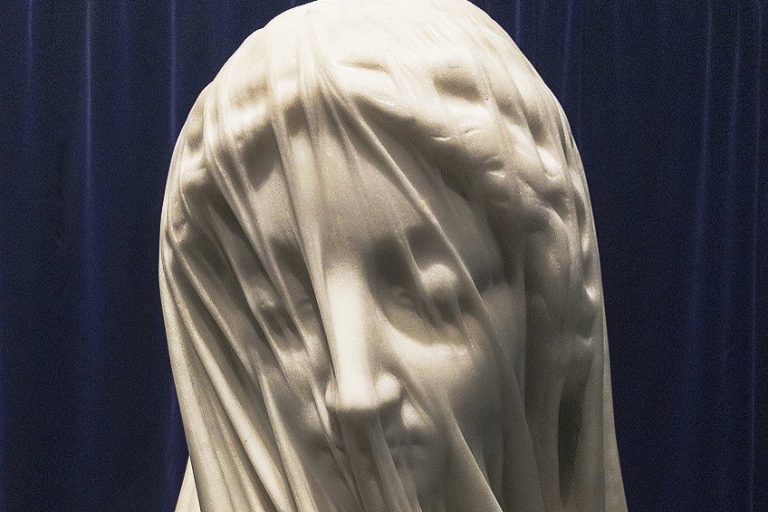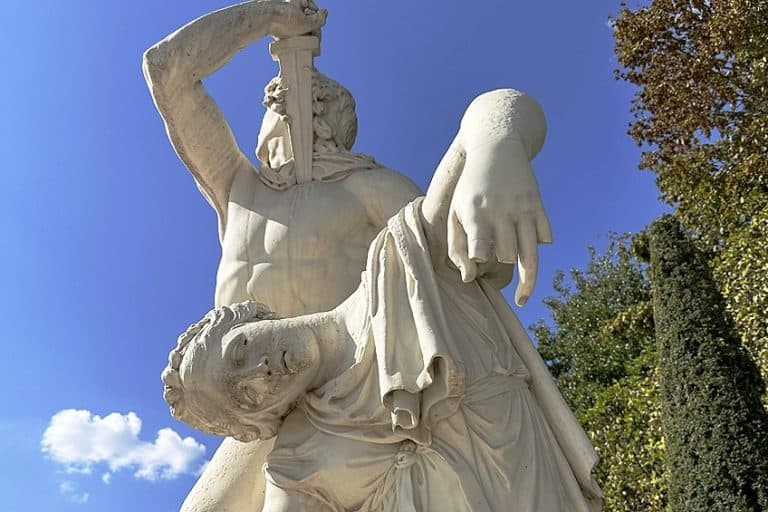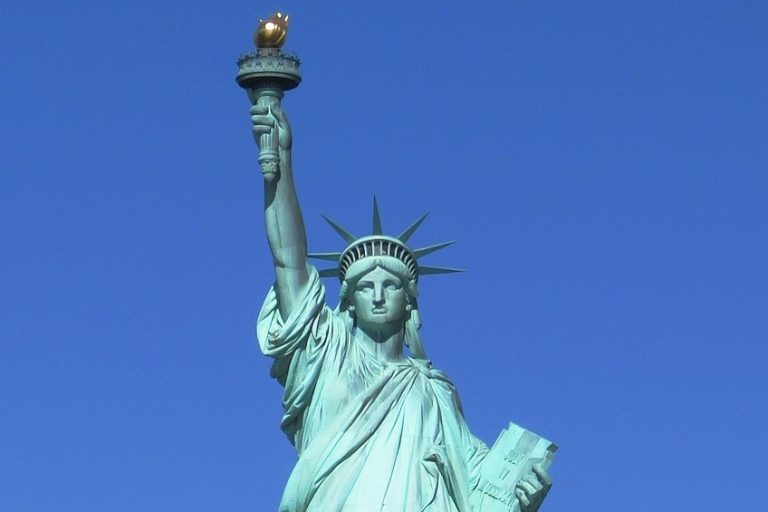Famous Bronze Sculptures – The 10 Most Influential Bronzes
Bronze has been a very popular medium for making sculptures and statues throughout human history. Unfortunately, many big ancient bronze statues were melted down in order to create new sculptures by invading forces, or turned into ammunition and weapons during times of warfare. Yet, there are still many notable bronze sculptures that have managed to survive through the ages. Today, we will be exploring the most famous bronze sculptures ever made, so join us below to learn more about these fascinating works of art!
Exploring the Most Famous Bronze Sculptures in the World
Bronze was a rather valuable material, therefore, it was often melted and repurposed. This is why we can still find more examples of stone sculptures today, as stone was not valuable. The ductility and strength of bronze made it the ideal medium to use for rendering human figures in different poses. The benefit of bronze alloy is that before it completely sets, it expands, enabling it to fill any of the mold’s small crevices. When it cools, the bronze alloy contracts slightly, which makes it easier to remove from the mold. Due to these advantages, it proved to be the preferred medium for many sculptors, resulting in the abundance of famous bronze sculptures that we enjoy today.

Equestrian Statue of the Gattamelata (1453) by Donatello
| Artist Name | Donatello (1386 – 1466) |
| Date Completed | 1453 |
| Medium | Bronze |
| Height (cm) | 390 |
| Current Location | Piazza del Santo, Padua, Italy |
This bronze statue depicts Gattamelata, a member of the Republic of Venice that controlled Padua at the time. After his death in 1443, the Republic of Venice paid for a work of art in his honor as a gesture of gratitude and admiration. It is the oldest equestrian monument from the Renaissance to survive and the first to revive the majesty of Classical equine portraiture. Following its completion, the bronze statue served as a model for subsequent sculptures honoring military heroes for their ongoing service in various wars.
The lost wax process was used to create this sculpture, as it was for all bronze statues in the period.
Instead of depicting the person as larger-than-life, as in the traditional Equestrian Statues, where a kind of hierarchy of size indicated the subject’s position, the sculptor instead used emotion and symbolism to communicate the same message. The Renaissance sculptor was thus able to depict the authority of the real-life character; he did not have to embellish or exaggerate who Gattamelata was; the straightforward representation of the real individual was sufficient to express the power he possessed. Gattamelata is portrayed by Donatello as a composed, observant, and vigilant commander. The portrayal of strength and the allusion to power is consistent with Renaissance concepts of humanism and individuality.
Perseus with the Head of Medusa (1545) by Benvenuto Cellini
| Artist Name | Benvenuto Cellini (1500 – 1571) |
| Date Completed | 1545 |
| Medium | Bronze |
| Height (cm) | 200 |
| Current Location | Piazza della Signoria, Florence, Italy |
Benvenuto Cellini was a sculptor, goldsmith, and author from Florence. During his lifetime, he was known as a wild and egotistical genius. Here, he conveys in bronze the legend of how Perseus encountered and slayed Medusa, the terrible gorgon. He presents his terrifying bronze statue with blood streaming from the severed head in his hands as well as from the gorgon’s body beneath his feet. He created the entire sculpture from just one piece of bronze, which is very uncommon, especially for a work of this intricacy.
Cellini, who at the time was sick and old, lay immobilized on his bed while the bronze statue was being cast at his studio.
A storm rolled in, bringing with it cold air, his assistants weren’t able to keep track of things, and the bronze started to clot as it cooled down. The ill sculptor suddenly leaped from his bed, shouting and commanding that everything available be thrown into the fire to increase the temperature. The heat rose just in the nick of time and the bronze statue was saved. The sculptor compared this revival of the sculpture to bringing back the dead, signifying not only the preservation of the amazing artwork but also the revival of Cellini himself.

Manneken Pis (1619) by Jerôme Duquesnoy
| Artist Name | Jerôme Duquesnoy (1570 – 1641) |
| Date Completed | 1619 |
| Medium | Bronze |
| Height (cm) | 55 |
| Current Location | City of Brussels, Brussels-Capital Region, Belgium |
This bronze statue, created in 1388, is considered to be one of the most iconic and beloved icons of Brussels, originally functioning as a water supply for many locals. While starting its life as a feature of the water basin, it has grown in reputation to become one of the world’s most famous bronze sculptures. It is rather small (55cm) and depicts a young nude child peeing in the basin of a fountain. Given the statue’s significance, several armed forces attempted to remove it over the years, before an ex-convict eventually managed to pull it off in 1817.
It was smashed into 11 pieces but subsequently welded back together and is still standing today.
A governor presented the small statue with its first outfit in 1698. It was the first of the 1,000 garments that the statue presently possesses. The numerous presidents who have visited Brussels have donated these outfits. Visitors to the Musée de la Ville can admire the entire outfit collection of the tiny hero, including regional clothes, an Elvis costume, and a bullfighter costume. It has become one of the most prominent monuments in Brussels, among other notable attractions such as the Grand Place and the Atomium. It has become a kind of tradition to dress the little statue in various costumes for certain holidays and festivals. The statue’s oldest outfit was donated in 1698 by the Elector of Bavaria.

The Bronco Buster (1895) by Frederic Remington
| Artist Name | Frederic Remington (1861 – 1909) |
| Date Completed | 1895 |
| Medium | Bronze |
| Height (cm) | 57 |
| Current Location | The Metropolitan Museum of Art, New York City, United States |
This bronze statue by Frederic Remington is renowned for its depiction of the American West. This masterwork can be seen in galleries, museums, and public settings across the world. It reflects the raw energy and daring spirit of the frontier era by portraying a cowboy fearlessly riding a bucking bronco. The subject of a cowboy breaking in a horse originated from his drawing Pitching Broncho (1892). It represents the untamed spirit and bravado of the American West and has great historical and cultural significance. It has grown into an enduring symbol of the frontier age, enthralling both art and history fans. The original bronze statue casting is presently housed in the White House’s Oval Office.
It’s a lifelike depiction and dramatic composition that invites people to connect with the spirit of the cowboy and the wild energy of the bronco, paying homage to the Western frontier’s rich heritage.
Remington worked hard to refine his sculptures, usually spending weeks or months on every single one to ensure realism and quality. Many bronze statuette versions were sand-cast at the Henry-Bonnard Bronze Company before being lost-wax cast at Roman Bronze Works after 1900. Following the sculptor’s death in 1909, his wife, Eva Remington, supervised the manufacturing of additional statues from foundry molds, yet these estate-made bronze statues lack the polish and detail of the lifetime casts due to the sculptor’s attention to quality in the casting and coloring processes.
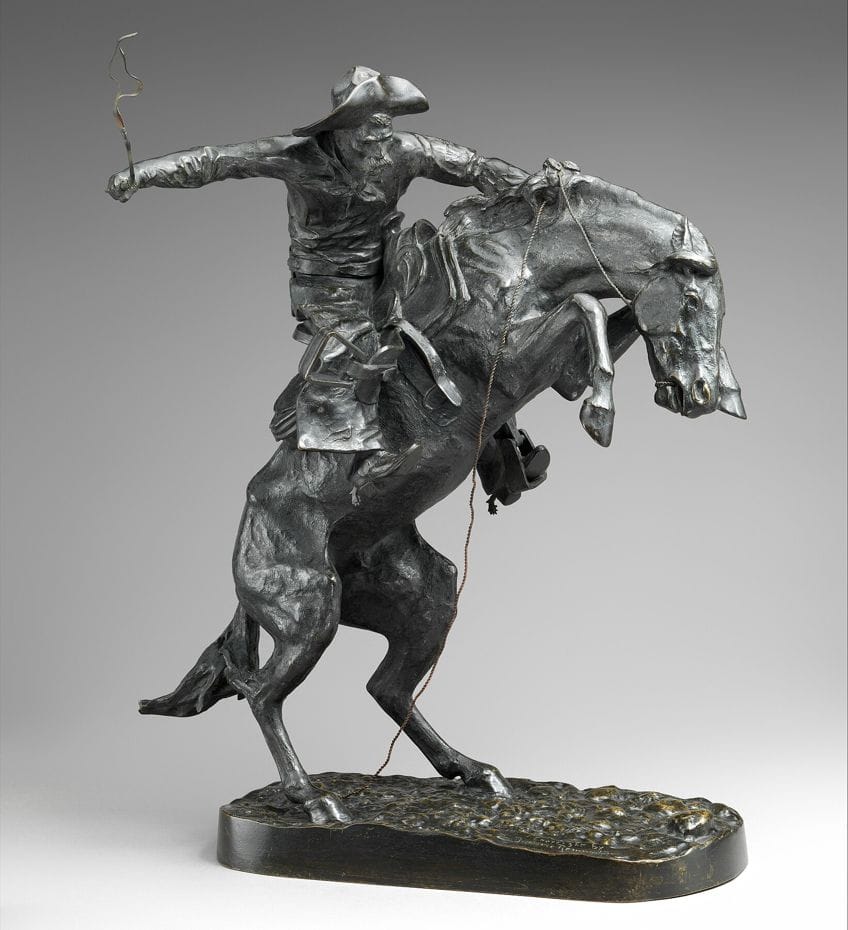
The Thinker (1904) by Auguste Rodin
| Artist Name | Auguste Rodin (1840 – 1917) |
| Date Completed | 1904 |
| Medium | Bronze |
| Height (cm) | 72 |
| Current Location | Musée Rodin, Paris, France |
This famous bronze statue by Auguste Rodin has been produced in several different iterations through the years. When it was first produced in 1880, it formed part of the sculptural artwork known as the Gates of Hell, and the figure was known as The Poet. He served as a representation of the Divine Comedy’s author, Dante. In the piece, he can be seen leaning forward in order to watch the circles of Hell. This figure therefore was initially both a free-thinking individual, as well as a damned soul.
He was a being who wanted to use his poetry to transcend his eternal suffering.
The figure was then reproduced and exhibited on its own as The Thinker in 1888. In 1904, the bronze statue was enlarged and it was this version that would prove to be the most renowned, eventually being regarded as among the most famous bronze sculptures ever produced. It was the first sculpture by the artist to be displayed in a public space. There are other casts across the world, notably the one presently in the grounds of the Musée Rodin, one that was gifted to Paris in 1906 and displayed outside the Panthéon, and a third in the gardens of Rodin’s chateau in Meudon. Today, there are 28 large replicas of the bronze statue around the world.
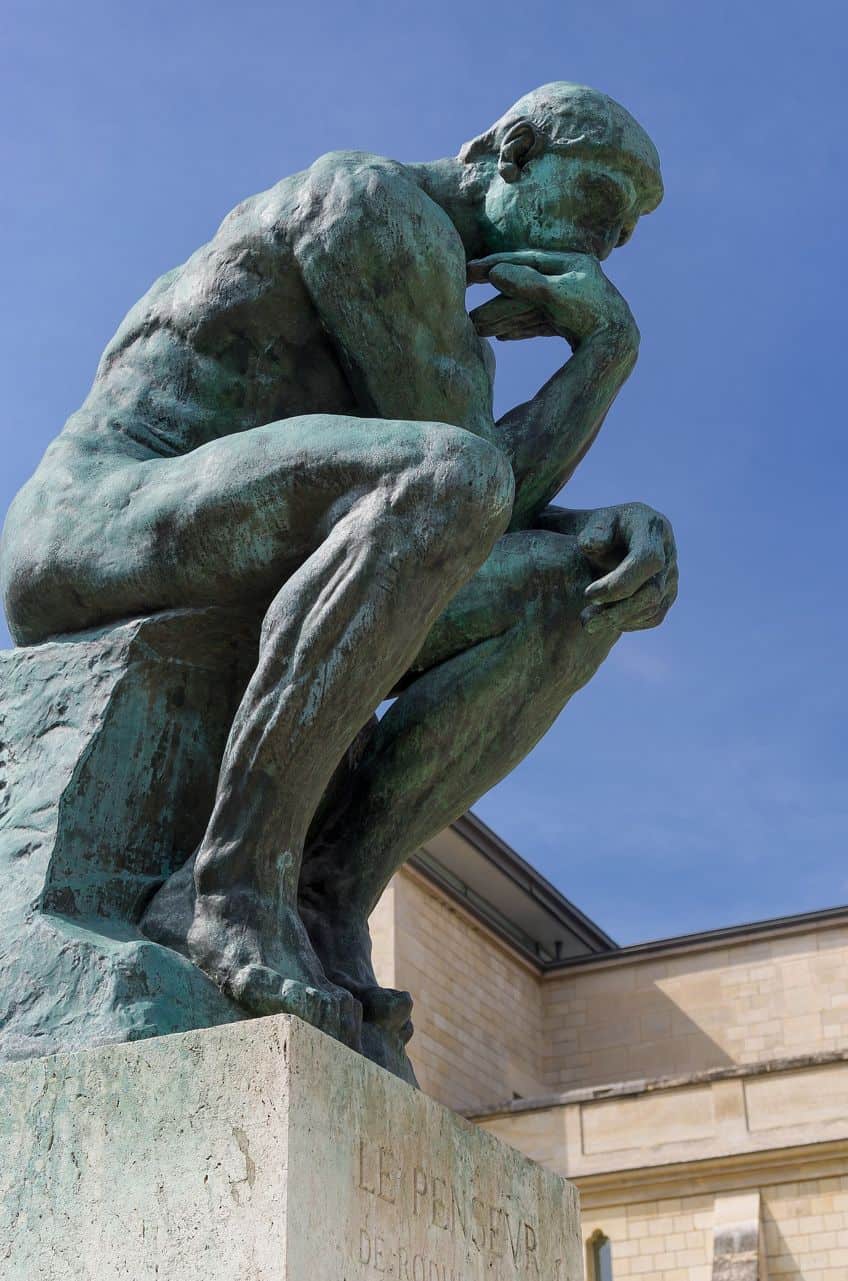
Sleeping Muse (1910) by Constantin Brâncuși
| Artist Name | Constantin Brâncuși (1876 – 1957) |
| Date Completed | 1910 |
| Medium | Bronze |
| Height (cm) | 15 |
| Current Location | The Metropolitan Museum of Art, New York City, United States |
In 1907, Brancusi created his first sleeping head, and three years later had evolved the tapering, egg-shaped design seen here, which he originally rendered in marble. The sculpture conveys vital poetry between the sleeping figure and the unfettered way in which the sculptor decided to display its form by being placed on its side in an unorthodox way, yet in a manner that still feels natural to the concept of sleep. On the one hand, the lack of a base implies that the bronze statue may have collapsed; on the other hand, though, it depicts the muse in a pose of both physical and symbolic relaxation, as if sleeping with her cheek resting on a pillow.
In this bronze figure, Brancusi combines ancient and modern art elements.
Precise and fine lines that create the masterpiece’s mouth and eyes are paired with soft but angular accents. Despite the simplicity of the lines, the sculptor establishes a complex statement. The details used to emphasize the woman’s hair starkly contrast to this masterpiece’s overall simplicity. The ancient elements resemble the characteristics of a Greek goddess. The sculptor added a sense of mystery and an ethereal dimension to his statue in this way. Copies of this famous bronze can be found in art institutions, such as the Metropolitan Museum of Art, the Musée National d’Art Moderne, and the Art Institute of Chicago.
The Little Mermaid (1913) by Edvard Eriksen
| Artist Name | Edvard Eriksen (1876 – 1959) |
| Date Completed | 1913 |
| Medium | Bronze |
| Height (cm) | 125 |
| Current Location | Langelinie, Copenhagen, Denmark |
Based on Hans Christian Andersen’s fairy tale from 1837, this unimposing bronze is regarded as a Copenhagen landmark and has been a prominent tourist destination since it was unveiled in 1913. Carl Jacobsen, who had been captivated by a ballet based on the story, commissioned the bronze statue in 1909. The ballet was performed at Copenhagen’s Royal Theater, and he hired Ellen Price, one of the ballerinas, to model for the bronze statue. The head of this famous bronze was modeled after Price, but when she refused to model naked, Eriksen’s wife was used as the model for the actual body.
The Copenhagen City Council organized for the bronze statue to be relocated to the Danish Pavilion in Shanghai for the entirety of Expo 2010.
This was the first formal removal from its perch since it had been put there over 100 years ago. While the original was in Shanghai, an official replica was placed on a rock in Tivoli Gardens’ lake. Officials in Copenhagen discussed relocating it several meters out into the harbor to deter vandals and discourage people from climbing on it, but as of 2023, it is still located on dry land. It has been vandalized several times since the mid-1960s because of various reasons but has always been repaired. There are another 13 copies of this famous bronze statue located all across the world, including in California, Romania, Madrid, Spain, and South Korea.
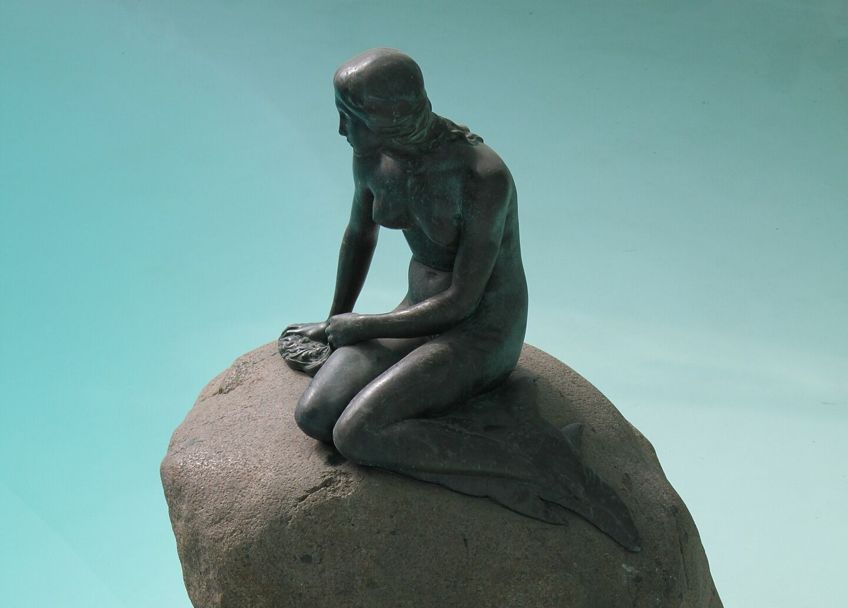
The Vine (1923) by Harriet Whitney Frishmuth
| Artist Name | Harriet Whitney Frishmuth (1880 – 1980) |
| Date Completed | 1923 |
| Medium | Bronze |
| Height (cm) | 212 |
| Current Location | The Metropolitan Museum of Art, New York City, United States |
Sculptures depicting dancing ladies were popular at the beginning of the 20th century, thanks in part to the success of Loie Fuller, Isadora Duncan, and Anna Pavlova. The sculptor often featured dancers in her sculptural subjects, having them pose for her with musical accompaniment. This poetic nude balances on tiptoes in the thrill of performance, a grapevine poised in her hands, reaching upward and forth in imitation of a living vine. From a distance, her figure forms a curve, a single line running from her well-anchored feet to the highest point of her head, emphasizing her lengthened jaw.
The smooth arc of her figure exudes the self-assured joy associated with America following World War I, during the Roaring Twenties.
The initial iteration of the piece, a statuette, was a huge success. The sculptor then enlarged the statue to monumental proportions in 1923, using the ballerina Desha Delteil as her subject. Her position necessitates a strong command of the body, one that is controlled and stable, as the bronze statue itself indicates. Frishmuth earned recognition for working with competent dancers who could hold difficult stances for extended periods of time. Delteil danced with the Fokine Ballet, which was founded in 1913 with the objective of releasing the body from the academic constraints of classical ballet practice, which focused on the lower body.
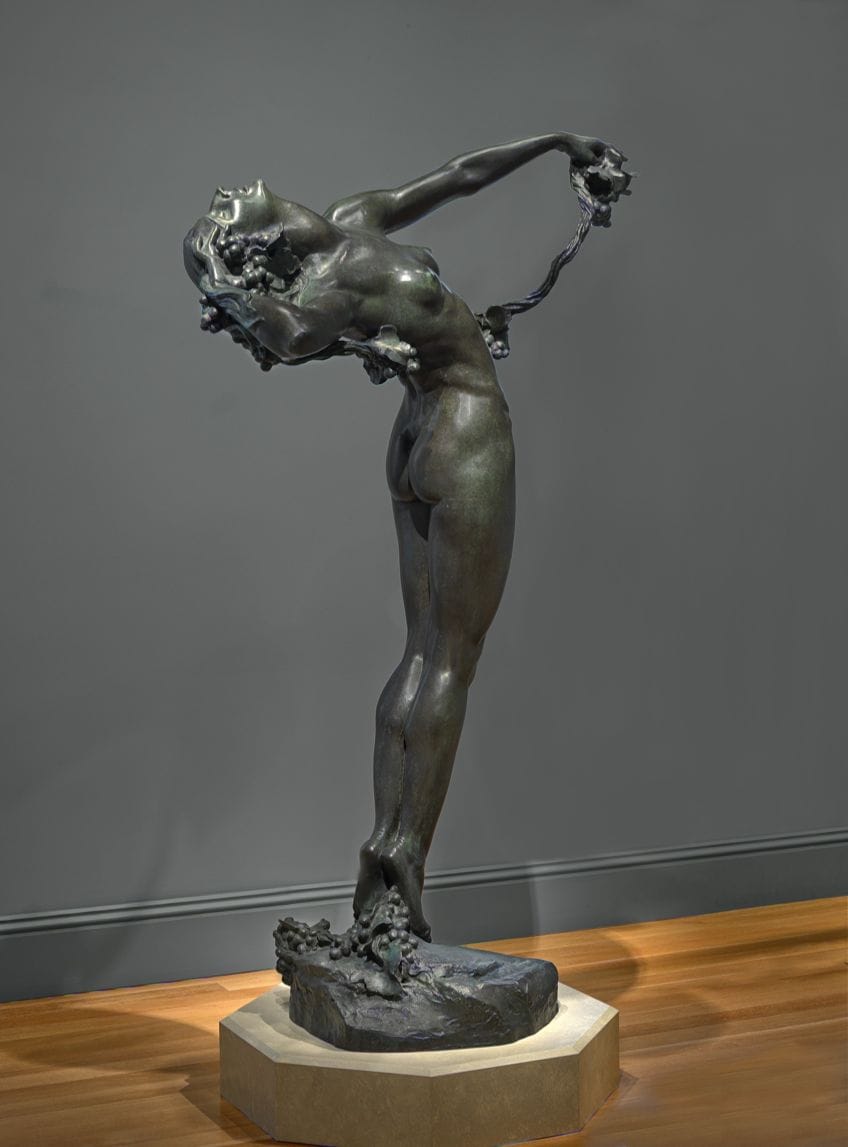
L’Homme au Doigt (1947) by Alberto Giacometti
| Artist Name | Alberto Giacometti (1962 – 1901) |
| Date Completed | 1947 |
| Medium | Bronze |
| Height (cm) | 179 |
| Current Location | Private collection |
With his withering, elongated human figures, the renowned sculptor Alberto Giacometti helped to revolutionize representational sculpture. As he moved away from portraying realistic bodies into mythological, totemic bronzes, he adopted elements from Cubism, Surrealism, and African sculpture. Giacometti’s art permeates a feeling of alienation, reflecting Jean-Paul Sartre’s existentialist ideas as well as the shifts in society and politics that the artist lived through in early 20th-century Europe.
Alberto Giacometti’s bronze statue was bought at auction for a record-breaking price of $141.3 million on the 11th of May, 2015.
To put it in context, if the Statue of Liberty were erected today, it would cost roughly $45 million. He made a total of seven copies of the bronze. Copies can be seen in the permanent collections of the Tate Gallery in London, the Museum of Modern Art in New York, and the Des Moines Art Center. Only one copy of the sculpture is on public display, while the rest are housed in foundation holdings or private collections. It was built in a single night, according to the sculptor, and he intended to reimagine post-war statues. He didn’t, however, wish to associate his bronze statue with the Post-War Existential mentality.
The Statue of Unity (2018) by Ram V. Sutar
| Artist Name | Ram V. Sutar (1925 – Present) |
| Date Completed | 2018 |
| Medium | Bronze |
| Height (cm) | 18200 |
| Current Location | Kevadia, Gujarat, India |
The world’s tallest statue, rising at 182 meters, is an awe-inspiring bronze beauty known as The Statue of Unity. It was created in tribute to Sardar Vallabhbhai Patel, an important figure in India’s freedom movement, and displays exceptional craftsmanship. A panel of artists, historians, and scholars selected a design provided by Indian sculptor Ram V. Sutar after researching sculptures of Patel around the country. Its massive weight of 2,200 tonnes is comparable to nearly five jumbo planes. The construction cost of this massive bronze statue was estimated to be the equivalent of $400 million US dollars.
The four-year building project concluded in its unveiling to the public on the 31st of October, 2018, and coincided with Patel’s 143rd birthday.
Over 128,000 tourists visited the monument in the 11 days after its formal unveiling. It is a historical and cultural monument that attracts millions of tourists every year as a symbol of unity and the undying spirit of India. The memorial is split into five areas, only three of which are open to the public. A museum and memorial garden are located in the first area. The museum depicts Sardar Patel’s life and accomplishments. The third area contains a viewing gallery and the fourth area is a maintenance deck. By November 2022, this famous bronze statue had been visited by more than 10 million people.
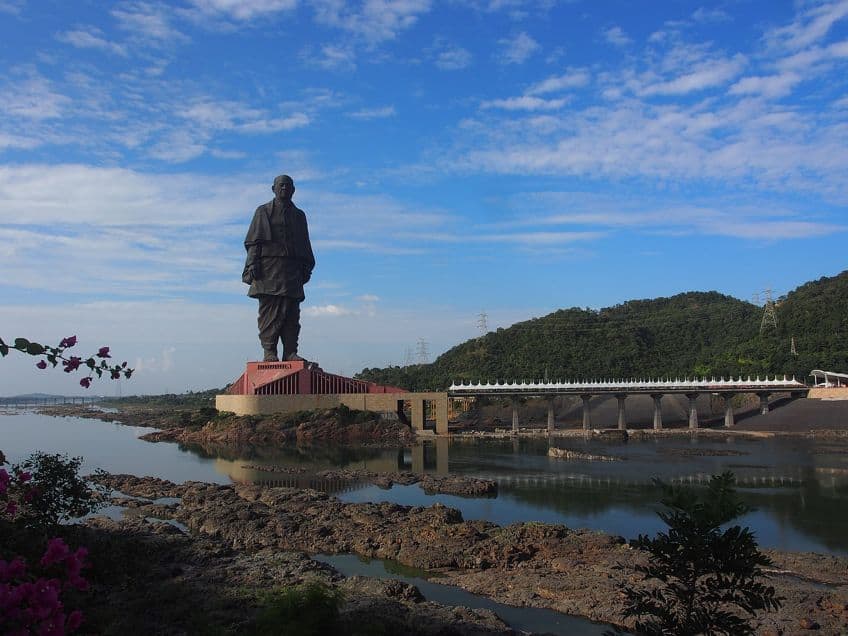
With that, we wrap up our list of famous bronze statues from around the world and through the ages. Our list of bronze statues ranges from the 16th century all the way to the present day, demonstrating what a resilient and much-loved medium it is for sculptors to work with. Bronze was seen as a very valuable material, therefore, many of the oldest and biggest works have disappeared as the bronze was repurposed for other objects, such as ammunition and weaponry. Yet, as our list has revealed, many famous sculptures have been produced and risen to prominence throughout the centuries that followed.
Take a look at our bronze sculptures webstory here!
Frequently Asked Questions
Why Do Sculptors Use Bronze as a Medium?
Many famous sculptors, such as Alberto Giacometti and Auguste Rodin, have utilized bronze as their favored medium throughout history, adding to its cultural and aesthetic significance in the sculptural world. Because it does not corrode or rust readily, bronze is a very durable material that can survive the test of time. Bronze is a soft and pliable metal, making it an excellent medium for sculptors. Because it is easily shaped, molded, and detailed, sculptors can produce elaborate and expressive shapes. Bronze sculptures are often heavy, adding solidity and a feeling of permanence to the piece. This weight makes them perfect for public art installations, since it decreases the possibility of theft or damage.
What Are the Most Famous Bronze Sculptures?
Throughout the centuries, there have been countless bronze statues made. However, there are a few that have become most renowned. These include Perseus with the Head of Medusa (1545) by Benvenuto Cellini, Equestrian Statue of the Gattamelata (1453) by Donatello, Manneken Pis (1619) by Jerôme Duquesnoy, The Bronco Buster (1895) by Frederic Remington, and The Thinker by Auguste Rodin (1904), among others.
Isabella studied at the University of Cape Town in South Africa and graduated with a Bachelor of Arts majoring in English Literature & Language and Psychology. Throughout her undergraduate years, she took Art History as an additional subject and absolutely loved it. Building on from her art history knowledge that began in high school, art has always been a particular area of fascination for her. From learning about artworks previously unknown to her, or sharpening her existing understanding of specific works, the ability to continue learning within this interesting sphere excites her greatly.
Her focal points of interest in art history encompass profiling specific artists and art movements, as it is these areas where she is able to really dig deep into the rich narrative of the art world. Additionally, she particularly enjoys exploring the different artistic styles of the 20th century, as well as the important impact that female artists have had on the development of art history.
Learn more about Isabella Meyer and the Art in Context Team.
Cite this Article
Isabella, Meyer, “Famous Bronze Sculptures – The 10 Most Influential Bronzes.” Art in Context. January 6, 2024. URL: https://artincontext.org/famous-bronze-sculptures/
Meyer, I. (2024, 6 January). Famous Bronze Sculptures – The 10 Most Influential Bronzes. Art in Context. https://artincontext.org/famous-bronze-sculptures/
Meyer, Isabella. “Famous Bronze Sculptures – The 10 Most Influential Bronzes.” Art in Context, January 6, 2024. https://artincontext.org/famous-bronze-sculptures/.


